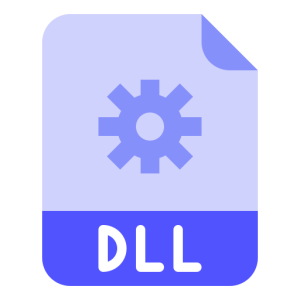Description
OLE32.DLL is a dynamic link library (DLL) file that is a core component of the Microsoft Windows operating system. OLE32 stands for Object Linking and Embedding, a technology developed by Microsoft to enable the integration and collaboration of various software components. OLE32.DLL provides the necessary functionality and resources for the implementation of OLE within Windows applications.
This DLL file plays a significant role in enabling software components to communicate and interact with each other, regardless of their location or implementation. It supports the creation, manipulation, and sharing of objects and data between different applications, providing a foundation for features like compound documents, drag-and-drop functionality, and automation.
OLE32.DLL is an essential part of Windows applications that rely on OLE technology, including productivity software, multimedia applications, and development tools. It is responsible for managing object interfaces, data transfer, and inter-process communication, ensuring seamless integration and cooperation between different software components.
Purpose and Functionality
OLE32.DLL serves as a fundamental component for implementing Object Linking and Embedding within Windows applications. Its primary functions include:
- Object Management: The DLL provides mechanisms for creating, manipulating, and destroying objects in a Windows environment. It facilitates object activation, instantiation, and lifetime management.
- Data Sharing: OLE32.DLL enables applications to share and exchange data between each other. It provides the necessary functionality for object embedding, linking, and clipboard operations.
- Inter-Process Communication: The DLL allows communication and collaboration between different processes and applications. It supports remote method invocation, enabling function calls and data exchange across different address spaces.
Common Use Cases
OLE32.DLL is extensively utilized by a wide range of software applications that rely on OLE technology. Some common use cases include:
- Compound Documents: OLE32.DLL enables the creation and management of compound documents, which are documents that contain embedded objects from different applications. This functionality allows users to work with multiple types of data within a single document.
- Drag-and-Drop Functionality: The DLL provides support for drag-and-drop operations between different applications. It allows users to easily transfer data and objects by dragging them from one application and dropping them into another.
- Automation: OLE32.DLL enables automation and scripting capabilities within Windows applications. It allows developers to expose their application’s functionality as COM objects, which can be accessed and controlled by external automation clients.

